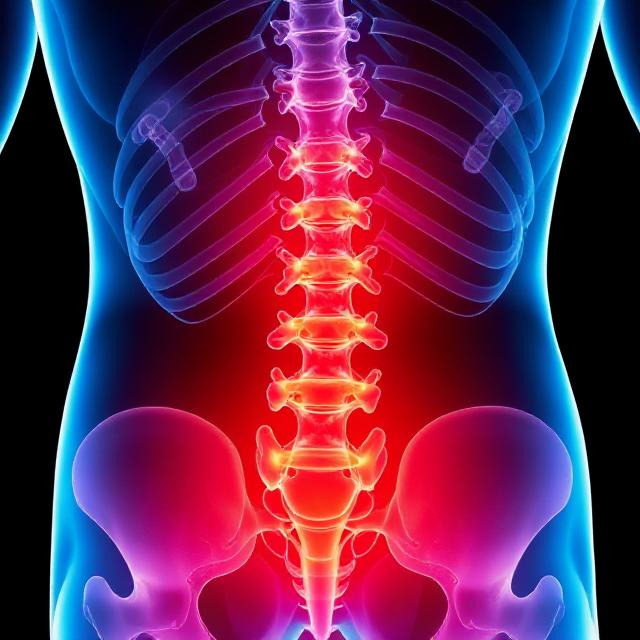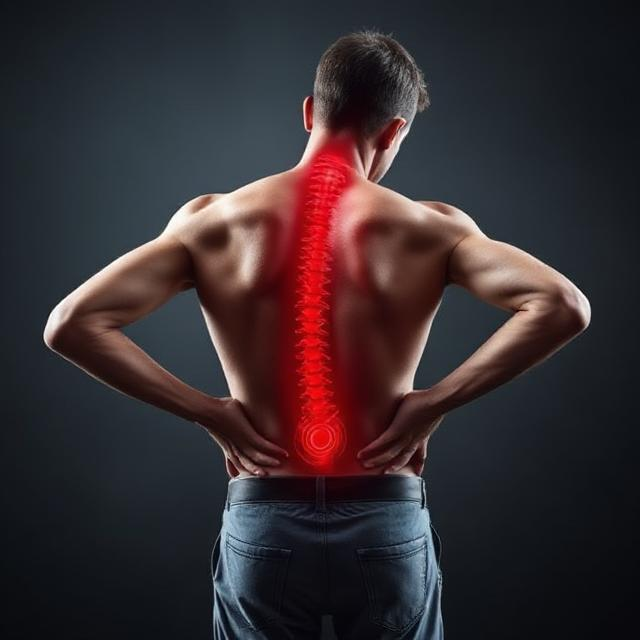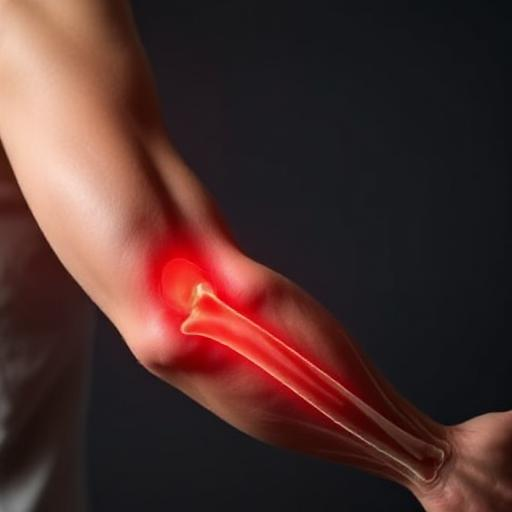How is Sciatica Diagnosed?


Sciatica is a common and painful condition that affects the sciatic nerve, causing discomfort and radiating pain along the lower back, buttocks, and either one or both legs. Getting the right diagnosis of the cause of sciatica is crucial to getting an effective treatment. In this article, we will explore more about sciatica and how it can be diagnosed accurately by chiropractor, including the availability of sciatica treatment.
What is Sciatica?
Sciatica refers to a set of symptoms rather than a condition. It occurs when the sciatic nerve, which is the longest nerve in the body, becomes compressed or irritated. The sciatic nerve originates from the lower back, made of L2 to S2 nerve roots. Sciatic nerve runs through the buttocks and down the back of each leg, providing sensation and controlling the muscles for both legs. The frequency and intensity of sciatic nerve pain can differ significantly from one individual to another depending on the condition. Some of the common symptoms of sciatica includes
- Pain that radiates from the lower back to the buttocks, thigh, and leg. It can sometimes only refer pain down to specific areas, such as the knee or ankle without pain affecting the whole leg.
- Numbness, tingling, burning sensation in the affected leg.
- Perceived weakness and weakness in the leg or foot.
- Pain that is intermittent. Usually worsens with sitting or standing for prolonged periods.
How is Sciatica Diagnosed?
Diagnosing sciatica typically involves a combination of medical history, physical examination, and diagnostic tests. Here’s a breakdown of how sciatica is diagnosed:
- History taking:
The first step in diagnosing sciatica is a comprehensive medical history. Your healthcare provider will ask about your symptoms, including the location, intensity of the pain, recent injuries, and any other relevant medical conditions. Providing detailed information about your symptoms is essential for an accurate diagnosis.
- Physical Examination:
Physical examination will be performed on your spine to assess your spinal health. Examination will usually involves visualisation, instrumentation, static palpation and motion palpation to determine your spinal health by assessing your overall posture, segmental range of motion of the vertebrae, signs of oedematous fluid collection at the joint, muscle strength, neurological signs and etc. Your healthcare provider may also conduct various tests to evaluate the source and severity of the pain.
- Imaging Studies:
In most cases, imaging studies are necessary to confirm the diagnosis and identify the underlying cause of sciatica. Common imaging tests include:
- X-rays: X-rays is most relevant when it comes to identifying sciatica. X-ray imaging can reveal congenital abnormalities, subluxation caused by injuries, degenerative changes such as bone spurs, infection, tumours and etc. All of the above mentioned may cause compression on the sciatic nerve.
- MRI (Magnetic Resonance Imaging): An MRI provides detailed images of the spine and soft tissues, helping to identify herniated discs, tumours, or other abnormalities affecting the sciatic nerve.
- CT (Computed Tomography) Scan: CT scans may be used to further evaluate spinal structures and pinpoint the source of compression or irritation. Often this CT is recommended if there is any suspect of growth involved.
- Electrodiagnostic Tests:
Electromyography (EMG) and nerve conduction studies can help assess nerve function and identify the extent of nerve damage. These tests may be ordered if the diagnosis to find out the health of muscles and nerve cells. It is a test to reveal nerve and muscle dysfunction caused by a nerve-muscle signal transmission problem.
Sciatica Treatment:
Sciatica pain can be debilitating and significantly impact an individual’s quality of life. Effective treatment is crucial to alleviate pain, restore function, and prevent long-term complications. Sciatica pain treatment may include:
- Chiropractic: Spinal adjustment is likely to be the best treatment option when it comes to sciatica. It is a non-invasive, effective treatment that helps to correct misaligned bone, which is the primary cause for sciatica.
- Medications: Pain relievers, anti-inflammatory drugs, and muscle relaxants can help manage pain and reduce inflammation associated with sciatica. It is however, not recommended as a long term solution as it is only treating the symptoms, not the root cause.
- Physical Therapy: Physical therapists in helps to strengthen weaken muscles in a systematic, safe approach. Physical therapist design individualised exercise programs to improve posture, strengthen the back and core muscles, to promote stronger muscles that helps to prevent spinal injuries better.
- Minimally Invasive Procedures: In some cases, minimally invasive procedures like epidural steroid injections can provide targeted pain relief.
- Surgery: Surgery is considered a last resort when conservative treatments fail. Surgical options may include discectomy (removal of herniated disc material) or spinal fusion.
Chiropractic Care on Sciatica
In Malaysia, chiropractors employ a meticulous approach to assess patients’ conditions, involving comprehensive history-taking and thorough physical examinations. The primary objective of treatment revolves around spinal adjustments aimed at relieving pressure on the sciatic nerve and diminishing pain.
In Aligned, our chiropractor utilizes the Gonstead chiropractic assessment and adjustment method to attain optimal outcomes for our patients. The Gonstead technique is characterized by a precise approach to spine analysis and adjustment, adhering to a rigorous six-step protocol designed to pinpoint the root cause of discomfort or dis-ease. These six steps encompass history-taking, visualization, instrumentation, static palpation, motion palpation, and X-ray analysis. This comprehensive approach is dedicated to restoring normal spinal and nervous system function through thorough analysis and precise adjustments.
When treating sciatica, chiropractors follow a standardized procedure to identify the underlying source of irritation in the sciatic nerve. They also take the time to explain the origins of the symptoms experienced by the patient. Chiropractors then administer precise adjustments that designed to alleviate pressure with the spine and nerve, effectively reducing and relieving the associated symptoms.
For more information regarding Gonstead chiropractic adjustment you may read more on our page.
Conclusion
Diagnosing sciatica is a systematic process involving medical history, physical examination, and various diagnostic tests. Timely and accurate diagnosis is essential for determining the appropriate course of treatment. In Malaysia, individuals suffering from sciatica have access to a range of treatment options, including conservative measures and, if necessary, surgical interventions, aimed at relieving pain and improving their overall well-being. If you suspect you have sciatica or are experiencing symptoms, first consult a Chiropractor for a thorough evaluation and personalized treatment plan.
Chiropractic care still remains to be the best entry for healthcare, because of the non-invasive and highly effective approach for sciatica management, delivering pain relief, enhancing functionality, and fostering natural healing.
Reference
- Davis, D., Maini, K., & Vasudevan, A. (2022, May 6). Sciatica – statpearls – NCBI bookshelf. Sciatica. https://www.ncbi.nlm.nih.gov/books/NBK507908/
- Rantonen J, Karppinen J, Vehtari A, Luoto S, Viikari-Juntura E, Hupli M, Malmivaara A, Taimela S. Effectiveness of three interventions for secondary prevention of low back pain in the occupational health setting – a randomised controlled trial with a natural course control. BMC Public Health. 2018 May 08;18(1):598.
- Shiri R, Euro U, Heliövaara M, Hirvensalo M, Husgafvel-Pursiainen K, Karppinen J, Lahti J, Rahkonen O, Raitakari OT, Solovieva S, Yang X, Viikari-Juntura E, Lallukka T. Lifestyle Risk Factors Increase the Risk of Hospitalization for Sciatica: Findings of Four Prospective Cohort Studies. Am J Med. 2017 Dec;130(12):1408-1414.e6.
- Snyder MJ, Hawks MK, Moss DA, Crawford PF 3rd. Integrative Medicine: Manual Therapy. FP Essent. 2021 Jun;505:11-17. PMID: 34128626.



